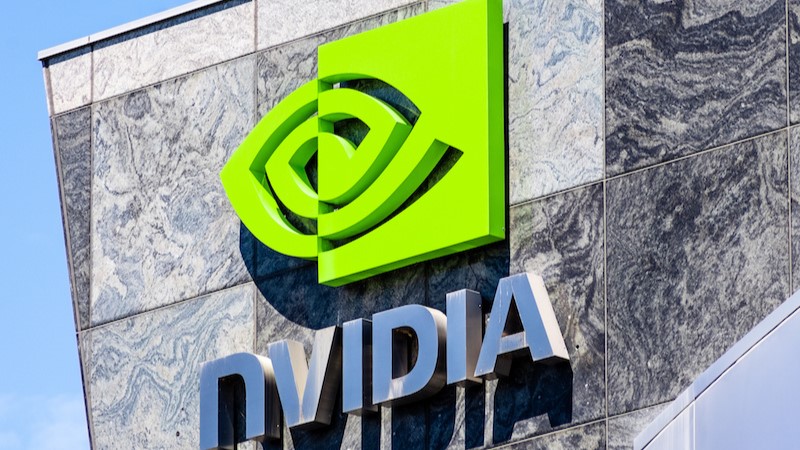The generative AI boom has been a continuous windfall for chip designer Nvidia. After benefiting from the surge in demand sparked by major tech companies rushing to launch chatbots, Nvidia now anticipates that new AI models capable of generating video and engaging in human-like voice interactions will further drive orders for its graphics processors.
“A lot of information in life needs to be grounded by video and physics. So that’s the next big frontier,” said Nvidia CEO Jensen Huang. “You’ve got 3D video and a wealth of data to learn from. So those systems are going to be quite massive.”
The need for increased computing power to train and run advanced AI systems has fueled demand for Nvidia’s Grace Hopper chips like the H200, initially used in OpenAI’s GPT-4, a multimodal model adept at realistic voice conversations and capable of interacting across text and images.
Other Nvidia customers, including Google DeepMind and Meta Platforms, have also released AI platforms for image or video generation.
On Wednesday, the chipmaker forecasted quarterly revenue far exceeding estimates, after recording over a five-fold growth in sales at its data centre unit in the first quarter.
“The demand is broad-based, and the large language models need to be increasingly multimodal, understanding not just video but also text, speech, 2D and 3D images,” said Derren Nathan, the head of equity analysis at Hargreaves Lansdown.
AI models for video used in the automotive industry are also emerging as a significant driver of demand for Nvidia chips. Tesla has expanded its cluster of processors used in AI training to around 35,000 H100s as it pursues autonomous driving capabilities.
“It (video generation) is certainly one of the strong and already proven use cases for AI and it is extending beyond just content production,” Hargreaves Lansdown’s Nathan said.
(With inputs from Reuters)




